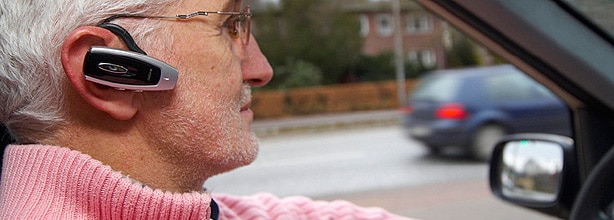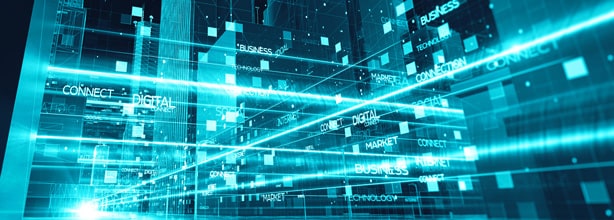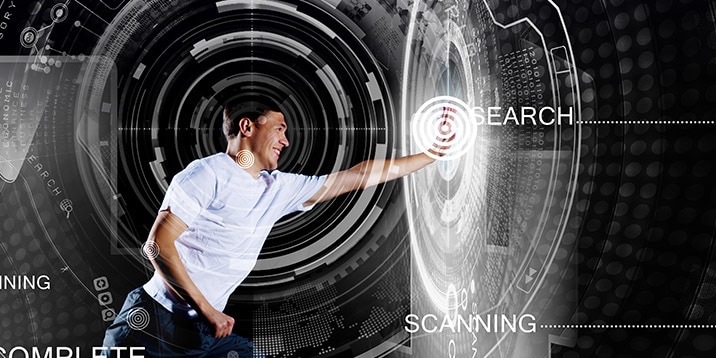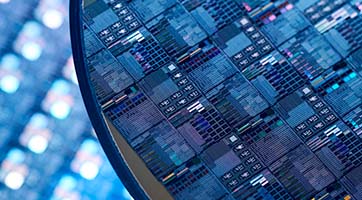
- Semiconductor Technology Now
Report Series
Analog circuitry required to realize digitalization
This is all the more why the word digitalization does not sit well with those of us who have been involved with electronics for many years. We say this because the analog circuits used in smartphones and IoT terminals will continue to be used in larger quantities in the future (Figure 1). The sensors inside of smartphones and IoT terminals are devices that convert non-electrical physical quantities into electricity (such as voltage, currents, or power), most of which produce an analog signal. Smartphones are also equipped with pressure sensors, accelerometers, gyro sensors, temperature sensors, and magnetic sensors, and a generous amount of analog ICs.
 |
The newer the digital equipment is, the more analog ICs it will use. Features that provide the so-called “user experience” are all realized through analog circuits, which are then converted into digital circuits. All movements performed by humans are analog, such as hand and foot movement, our voices, and even head shaking gestures. This is why the interface to acquire data from humans is analog, and that data is then converted to digital to simplify calculation, control and other processing.
Nevertheless, the word digital is used because, like the term IT, it expresses the concept of, and conveys a sense of, newness. The rationale applied seems to equate digital with new and analog with old, but in fact, digital technology has existed for over 50 years. Analog ICs have also been used for about the same period, but data for the last 30 years indicates that the use of analog ICs is constantly increasing.
Electronics finally becomes widespread in society
However, until recently, electronics did not play a major role in society. While factories were automated, offices remained a haven for manual processing. At one stage, it was believed that offices would become paperless. But in fact, paper consumption has increased. There are still many people who insist that it doesn’t feel like work unless it is paper-based. Consequently, the introduction of electronics into the office was very slow.
Cries for improving office work are only recent, and various initiatives such as energy conservation and overtime reduction through the use of IT robots are finally in the executional stage. (Robotic process automation, or RPA, is a term used to refer to software-based automated processing equipment used to aggregate information in different formats, and to cull information, such as a simple URL, from various websites,.) The use of computer technology to accomplish this gives the general impression of digitalization. However, electronics is much more than just computer technology. It encompasses communications technology, semiconductors, and analog and digital circuit technology.
Computers are the key to electronics
Computer technology has been and will continue to be a major technological element. A computer is a machine that can be transformed into any desired machine with common hardware and by changing only the software. For that reason, the axiom that computers are calculators is not necessarily correct. Indeed, computers perform calculations, but the feature used in almost every situation is that of controlling data traffic. For instance, to type a Japanese character (kanji) using word processing software, the computer does not perform calculations. It simply converts the string entered from the keyboard. If you type “ai,” the characters for love, meet, match, phase, and indigo, referred to by this phonetic combination, are all displayed as candidates, and a human operator must select the intended character. What is really happening here is that these candidates are being stored in memory, and those that have the phonetic reading of “ai” are being retrieved. The order in which the characters appear can be changed by the software in charge of traffic control.
Computer technology has become more or less imperceptible, but it is inconspicuously positioned in our lives and our workplaces. Some industry experts refer to this as “computer transparency.” While the largest computers are super computers and mainframes, the smallest are not personal computers or smartphones but semiconductor chips called microcomputers, which are used in almost every electronic product there is. For example, cars have several dozen of these computers (called ECUs).
Again, the most important aspect of computer technology is that it can be used in a variety of applications by simply changing the software. Computers were originally invented to calculate the trajectory of missiles. But now, there are far more control applications than there are calculation applications. Calculation and control processing can be customized with software, but software advances alone are not enough to continually raise the level of performance. Hardware and software have influenced one another’s successive advancement. Development in semiconductor technology has enabled the creation of smaller, lighter, and less expensive hardware.



















